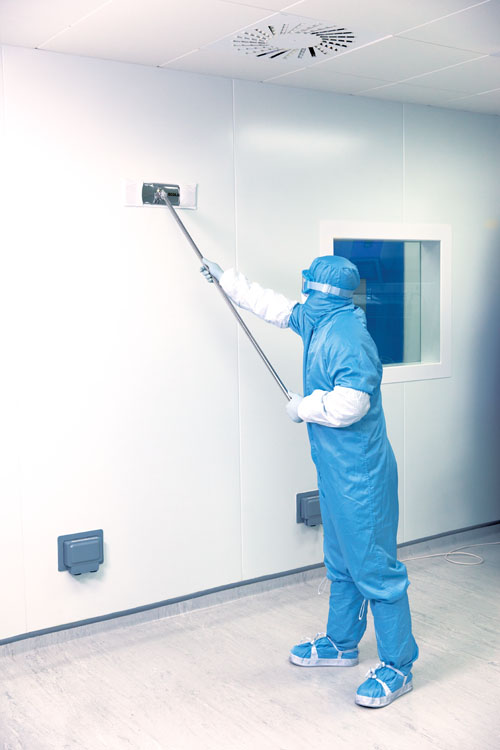The pharmaceutical and medical device sectors rank amongst the most highly regulated industries in the world. Safety is, quite correctly, a primary concern, so the profession can often seem to be cautious, slow to react and unwilling to change procedures and practices.
Somewhat counterintuitively, however, a constant feature of this allegedly conservative sector is change.
This can be driven by new excipients or active pharmaceutical ingredients (APIs), updates to delivery methods or systems, novel manufacturing equipment/techniques and/or the shift towards individualised drug therapies that often use a patient’s own cells that have been adapted or manipulated.1
Pharmaceutical companies must be ready to adapt to new ways of doing things. At the same time, they must still maintain a high degree of control, comply with regulatory requirements and, crucially, carefully document and assess the impacts of any changes.
Companies are unlikely to make adjustments unless there is a “compelling event” or a modification imposed upon them for reasons beyond their control.
Although the industry does have a commitment to continuous improvement, the reality is that in a busy pharmaceutical manufacturing plant with a time-challenged workforce, people are unlikely to initiate or engage with any alterations when the perceived benefit is minimal.
A recent example of a compelling event is the revision of EudraLex Vol. 4 Annex 1.
End users now need to consider cleaning prior to disinfection and the management of residues, both of which could require the introduction of new chemistries and changes to longstanding disinfection practices and procedures, as well as application frequencies, sequences and the rotation of agents.
For any changes, end users must produce written documentation detailing the rationale, reason or purpose for the change, whilst also assessing it for any impacts on safety, health and the immediate manufacturing and wider environment.
Only then can they move on to the final authorisation, approval and implementation of the change. This documentation process, whilst entirely necessary, can also be cumbersome and daunting … and be a barrier to making changes.

Reputable suppliers of detergents, disinfectants and sporicides for cleanroom surfaces such as Ecolab Life Sciences should be able to support change management processes to alleviate some of the burden.
Support packages should include both standardised and bespoke documentation services that are designed to offer practical help, guidance and, in some cases, the complete provision of various document types that can broadly be divided into five key categories.
Risk assessment
- Documented rationale, reason or purpose to make the change.
- Risk assessment and contamination control strategy (CCS) for cleaning and disinfection practices.
Supplier assurance
- Documented assessment of any alternative disinfectant supplier or existing suppliers’ manufacturing conditions.
Product selection
- Creation of a rationale for the selection of cleaning and disinfectant agents.
Validation
- Authorship of a validation strategy or plan (Phase II or a laboratory study).
- Assessment of an independent, accredited and experienced third-party test laboratory to conduct validation (recommended).
- Support with the creation and approval of validation protocol(s).
- Validation results review and retest strategy advice.
- Help to design end user trials under “in-use” conditions (performance qualification [PQ], field trial or Phase III study).
Implementation
- Help with the creation of a change control document to implement new cleaning and/or disinfection products (or hydrogen peroxide vapour [HPV] biodecontamination equipment or procedures).
- Training of relevant personnel.
- Assistance with changes to standard operating procedures (SOPs), logbooks and other controlling documents.
Change management is integral to good manufacturing practice (GMP). It, along with a change control system, provides a consistent and well-structured approach towards managing deviations and changes.
It also enables end users to document the details of these deviations and changes and helps with both risk control and management.2
However, change management programmes must be conducted in a considered and measured way that uses all the available (and wide ranging) expertise both at the end users’ site and any external support that is appropriate and available.
Commissioning support from a third-party can reduce the burden of these document changes.
So, whereas change can be seen as a challenge within the pharmaceutical industry, with the right support and services from experts such as Ecolab Life Sciences, the burden associated with change can be lifted and more efficient, successful outcomes achieved.
References
- N.J. Smart, Change Management within Pharmaceutical Companies (smartpharmaconsulting.com).
- http://ijdra.com/index.php/journal/article/view/482.





